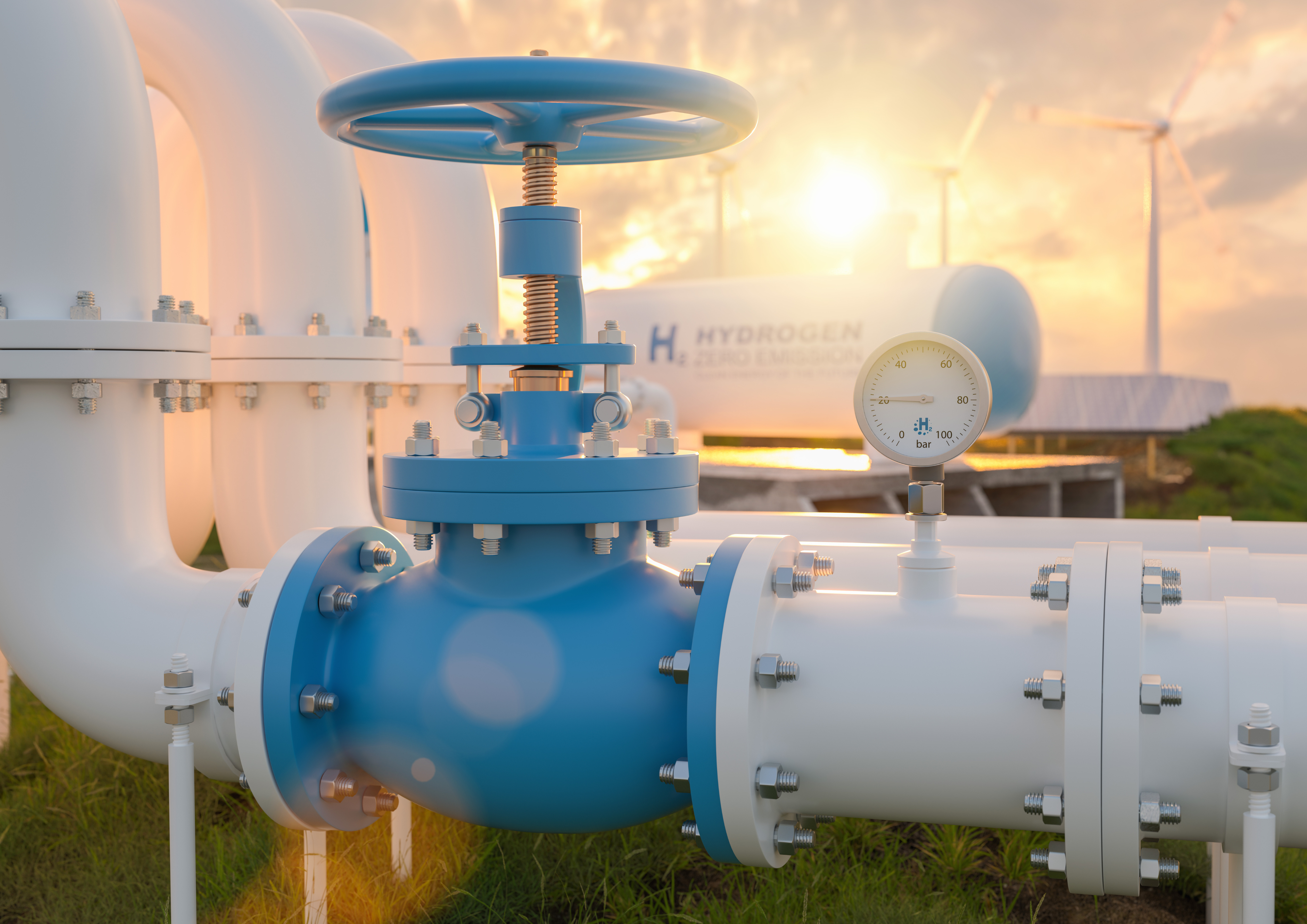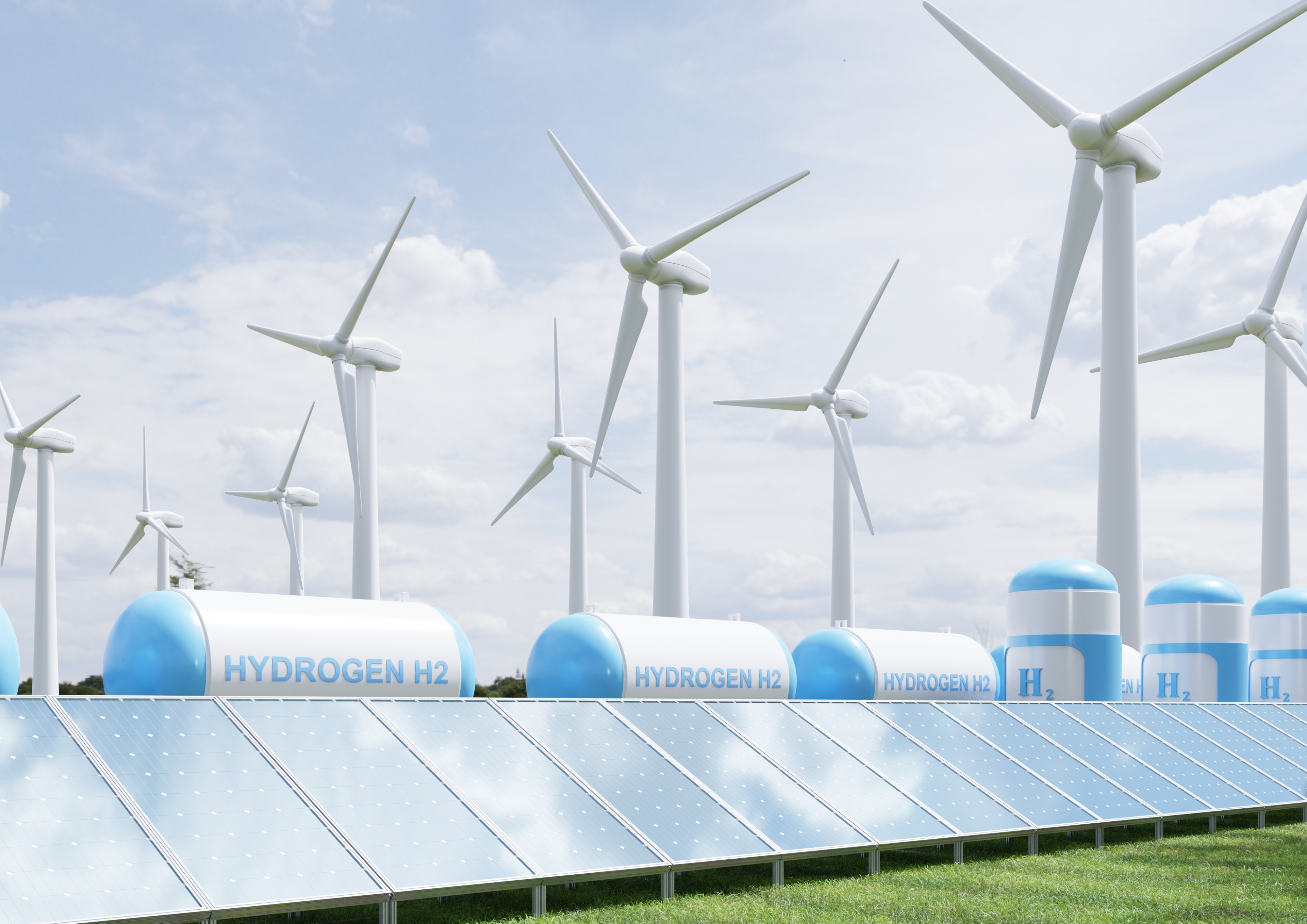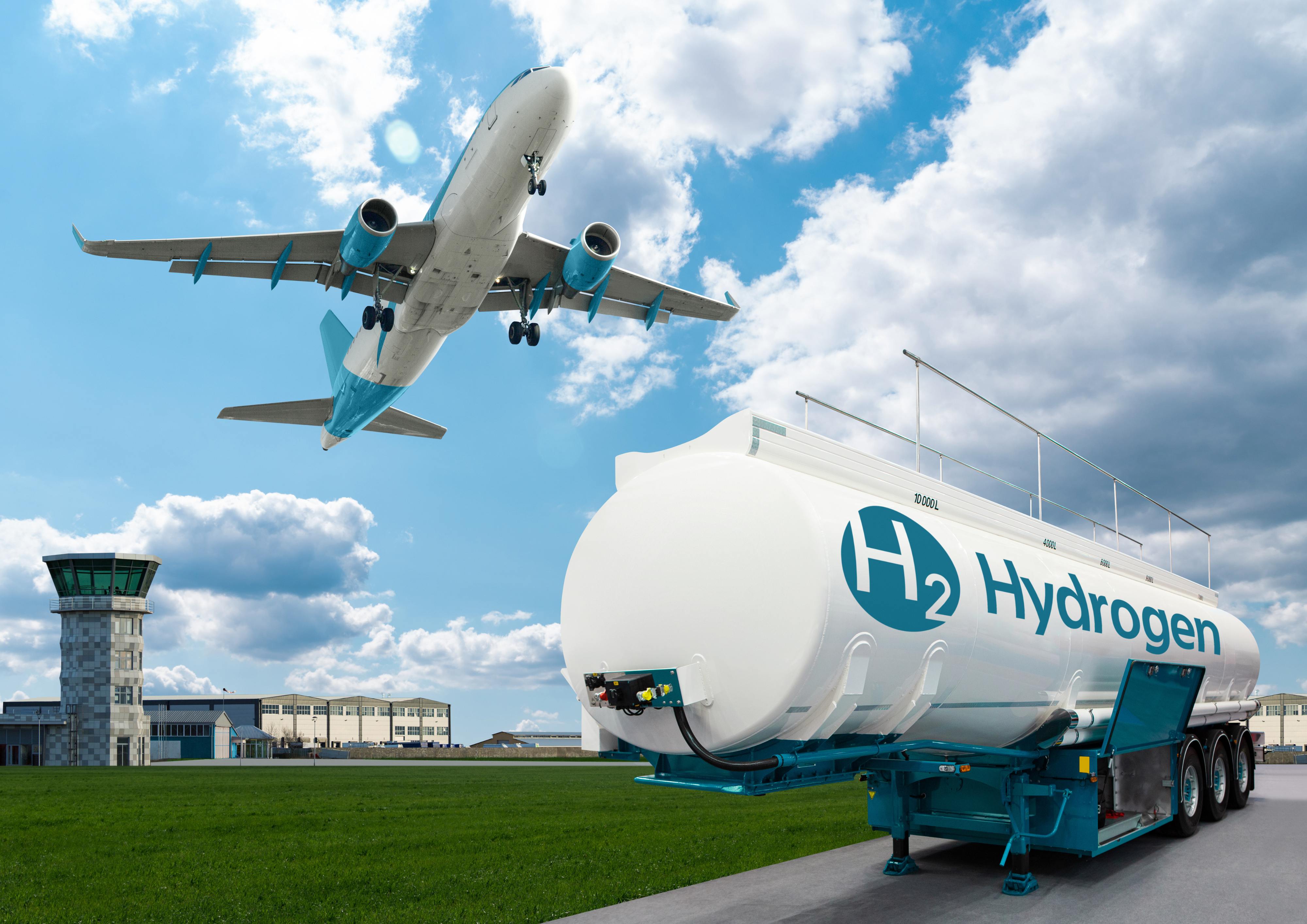Navigating the South Australian hydrogen landscape
On this page:
At the forefront of South Australia’s ambition to become a renewable energy power-house is the South Australian Government’s green hydrogen industry policy. Given the State’s favourable conditions for large scale renewable projects, proximity to major consumer markets in Asia and sophisticated gas export infrastructure, South Australia is regarded as a potential major global producer and exporter of hydrogen. However, to attract both domestic and international investment in this emerging industry, South Australia requires a clear legal framework to support hydrogen projects.
In this article, we discuss:
- the key challenges facing commercialisation of green hydrogen projects; and
- the South Australian government’s endeavours to overcome those challenges, with particular reference to the Hydrogen and Renewable Energy Act 2023 (SA) (HRE Act).
What are the key challenges facing commercialisation of hydrogen projects?


Challenge #1 – Finance
As with all new technology and processes, particularly in the energy space, the cost of commercialisation is significant amounts of money, time and resources. First movers in the market carry the burden of being the proponents of ‘first of a kind’ projects. These pioneering projects come with considerable risks regarding whether they will be completed on time and within budget, and also if they will function as intended once completed. Proponents of subsequent projects can learn the lessons from the ‘first of a kind’ project, adopt their solutions and thereby save time, money and resources.
Commercialisation of green hydrogen is still in the ‘first of a kind’ phase. Therefore, project proponents need to be prepared to bear these costs; but will be looking for support from both friendly governments such as South Australia (who can provide a regulatory pathway and, on occasion, capital), joint venturers and debt financiers in the project finance space. However, 'first of a kind' projects face inherent 'bankability' challenges because, being unproven, it is difficult to determine if they will generate enough cash to repay the project financiers. There are solutions, but they involve extensive due diligence, a complex contractual framework and equity commitments from the project proponents before project financiers are willing to lend. The pathway to successful project financing of commercial green hydrogen projects in the near future will therefore be challenging.
Challenge #2 – Health and Safety
Hydrogen presents several inherent risks that need to be addressed for its safe and effective use. Its high flammability and explosive potential, combined with its ability to permeate through materials, raise concerns about leakage and safety during handling, transportation, and storage. Addressing these risks requires a multi-faceted approach. Safety regulations will need to be a key consideration in any commercial hydrogen project and new standards will need to be introduced to ensure the safety of the facilities that produce, store and transport hydrogen.
Challenge #3 – Transportation
The unique and dangerous properties of hydrogen make it challenging to transport in large commercial quantities and more expensive than other energy carrying gases.
Currently, in Australia, the options for moving hydrogen include:
- Pipeline transport: Hydrogen can be transported by pipeline. However, dedicated hydrogen pipelines are not currently economically viable. Instead, blending hydrogen with natural gas in domestic gas networks is the current focus.
- Road transport: Hydrogen can also be transported via road. This will likely require vehicles meeting specific safety standards and trained drivers. However, this method may face logistical challenges and limitations on where hydrogen can be transported.
- Maritime transport: Although still in the developmental phase, there are pilot projects underway in countries like South Korea and Norway exploring the transportation of hydrogen by sea. However, commercial viability is not expected until the 2030s.
Each of these options has its own set of challenges and considerations, and ongoing research and development efforts are aimed at improving efficiency, safety and cost-effectiveness in hydrogen transportation.
Challenge #4 – Water supply
The production of green hydrogen requires secure, long-term access to large quantities of fresh water. With existing water sources already strained and complex licensing regulations to navigate, acquiring the necessary water will be a key challenge. Green hydrogen production at-scale in Australia may ultimately require investment in desalination or recycled water treatment plants.
Key features of the Hydrogen and Renewable Energy Act 2023 (SA)


In our recent Energy, Resources and Environment Update - April 2024, we reported that the HRE Act had passed both Houses of South Australian Parliament, establishing the first legislative framework for large-scale commercial hydrogen projects in Australia. Once the associated regulations are established, the HRE Act will become operational. This is expected to be quite soon as the consultation period for the proposed Hydrogen and Renewable Energy Regulations 2024 closed on 15 April 2024.
Once in effect, the HRE Act will brings issues such as land access, environmental impacts and Native Title rights into a single regulatory framework.
The HRE Act introduces several key features:
The HRE Act introduces a new system that will allow the state government to declare certain pastoral lands, state waters and prescribed Crown land (referred to as ‘designated land’) as a release area, based upon their suitability for the operation of renewable energy infrastructure. These release areas exclude freehold land, and various sanctuary zones, parks and protection areas. Once a release area has been declared, a competitive tender process will be organised by the government for feasibility licences based upon selection criteria. New renewable projects and hydrogen projects can, of course, be licenced on land other than designated land, including freehold land.
Similar to the Mining Act, licence holders must enter into an access agreement or follow a ‘notice of entry’ approach in respect of other land occupants, whether they be freehold owners, pastoral lessees or mining tenement holders. Landowners affected by authorised operations are entitled to compensation for any economic loss, hardship or inconvenience.
Licences over native title land require either a registered indigenous land use agreement or a less formal agreement (if acceptable to the relevant native title group). Where there is no native title declaration or registered claim, the Minister must before granting a licence be satisfied that the grant of licence will be valid under the Native Title Act.
The HRE Act will implement a state-wide permit and licensing framework for hydrogen and renewable energy projects. There are six types of licence and one permit under the HRE Act:
- a renewable energy feasibility licence or permit which authorises exploration and investigation to assess the feasibility of generating renewable energy;
- a renewable energy infrastructure licence which authorises the construction and operation of renewable energy infrastructure, such as wind turbines and solar panels;
- a renewable energy research licence which authorises the research, testing and data collection for renewable energy technologies;
- a hydrogen generation licence which authorises the construction and operation of a facility to generate hydrogen;
- an associated infrastructure licence, which permits ancillary infrastructure, such as transmission, roads and associated facilities, such as hydrogen power plants, ports for hydrogen product export and desalination for hydrogen production.
a special enterprise licence which authorises hydrogen and renewable energy projects considered by the government to be a major significance to the economy of the State. This licence comes with a range of extraordinary powers, including the grant of a right to enter and use freehold land for the project without an agreement with the landowner.
Hydrogen projects, developments and incentives


Hydrogen hubs are regions where hydrogen producers, users and exporters are co-located, making the production of commercial quantities of hydrogen at scale in an efficient and more affordable manner. As reported in our Energy, Resources and Environment Update – November 2023, the Port Bonython is well positioned to become South Australia’s first largescale export terminal for green and blue hydrogen. State and federal governments have together committed $100 million to the project and an additional $40 million is expected to be contributed by project partner developers. At this stage, six proposed project partners have been selected: AMP Energy; Fortescue Future Industries; H2U; ENEOS Corporation; Origin Energy; and Santos.
The state government has committed more than half a billion dollars to the Hydrogen Jobs Plan to build a world leading state-owned renewable hydrogen 250 MW electrolyser, 200MW hydrogen fuelled power plant and hydrogen storage facility near Whyalla. The facility will be the biggest of its kind in the world. Construction of the new facility is scheduled to begin in the second half of this year and be completed early 2026. Most of the hydrogen produced by the electrolyser will then be used as fuel in the power plant – converting intermittent renewable electricity (from the wind and the sun) into baseload electricity without generating any carbon emissions. The remaining hydrogen produced by the electrolyser can be used for purposes including selling the hydrogen as fuel to third parties.
HyP SA in Tonsley is an Australian first project that produces renewable hydrogen gas. It uses the existing gas network to develop up to 5% renewable hydrogen blended with natural gas to power around 4000 homes and business South of Adelaide’s CBD.
The state government and the State of California recently embarked on a landmark collaboration to advance renewable and hydrogen technology. Premier Peter Malinauskas and Acting Governor Eleni Kounalakis formalised this partnership in Sacramento signing a letter of cooperation on 15 May 2024. Both states have aligned their objectives to collaborate on pioneering clean renewable hydrogen projects, aiming to produce green hydrogen and other low and zero carbon fuels while scaling up hydrogen production for domestic use and export. This collaboration will also foster cooperation between Hydrogen Power SA and the California Natural Resources Agency and California Energy Commission, catalysing innovation in the clean energy sector.
As part of the 2024 budget, the federal government announced proposed tax incentives and funding for green energy – including a proposed Hydrogen Production This article provides general commentary only. It is not legal advice. Before acting on the basis of any material contained in this article, seek professional advice.Tax Incentive which would provide a AU$2 incentive per kilogram of renewable hydrogen produced for up to 10 years per project, between 2027-28 and 2039-40, and would operate alongside the expanded hydrogen headstart program (which is also extended by AU$1.3 billion over the next 10 years).
This article provides general commentary only. It is not legal advice. Before acting on the basis of any material contained in this article, seek professional advice.
Co-author
Name: Stephanie Maurangi
Position: Lawyer
Practice: Transactions
Related Insights
Driving the Green Revolution: Innovations in Hydrogen, Environmental Regulations, and Sustainable Energy Partnerships

Business leaders' boardroom luncheon with Sam Crafter


